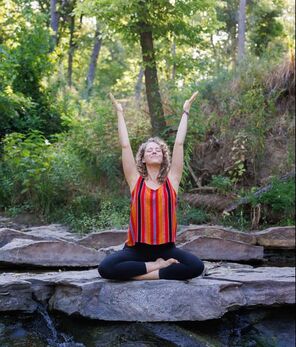 Neuroception is our ability to assess risk, danger, and safety in our daily life. This assessment is below our range of consciousness, where our story follows our nervous system state. This is where we have an instinctive perception of what is happening around us, and then we make sense (or create a story) about it afterwards. When we use this concept in our daily life and relationships, we can help create a deeper sense of safety in these experiences. We can begin to listen to the cues from our body to understand our instinctive reactions to our experiences and relationships. We can consider how our body language, facial expressions, vocal tone, etc. might be sending cues of safety vs. danger to someone else. Bringing this awareness into our daily life and interactions can help others feel safe enough to connect, whether that is in our personal or professional relationships. For more trauma-informed tips and tools, join me for my Polyvagal Theory in Therapy Training on May 10th! Click here to learn more. May we all love the life we live...
0 Comments
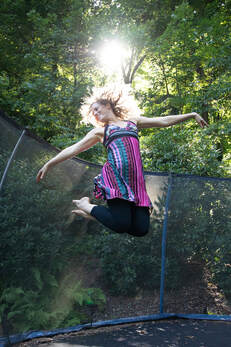 Shaking and bouncing is an amazing way to release tension from our body and reset the nervous system. It sends a clear message to our brain that we can release tension and bounce back from the stresser. Whether it's a quick shake of the hands or a full body bounce and shake, taking 30-60 seconds to do this practice can really go a long way. For a quick Shake and Bounce video, see my latest YouTube video by clicking here. May we all love the life we live… 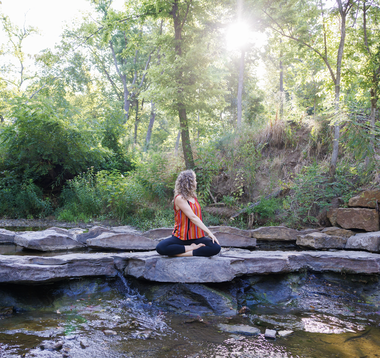 If we can begin to understand how Polyvagal Theory works with the Autonomic Nervous System (ANS), we can learn how to better navigate our stress response in our daily life. I love the phrase: “If we don't know where we are, we don't know what we need.” Identifying where we are on the ANS stress response system is key to knowing what we need in order to respond more effectively. Learning these concepts is key so we can begin to enhance our ability to self-soothe, co-regulate and move through the world with more ease. In this free video, I share a clip from my Ethics of Trauma-Informed Care training as an introduction into the concept of Polyvagal Theory as it relates to therapy. For more information on these trainings, click here. 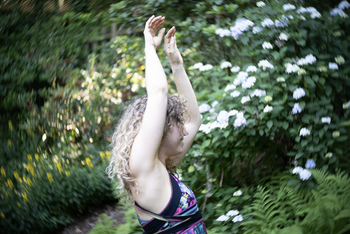 Releasing tension is a key element to supporting sleep and reducing stress. Movement is one of the easiest ways to complete the stress cycle and help our nervous system move back into rest and digest mode. My new Audio Recording, called Bounce and Shake, is a somatic practice you can use in your daily life to reduce stress within the body. This is one of my favorite practices to do after sitting for a long time at my desk or at the end of my day to begin to unwind. Having a familiar voice to guide the way is sometimes all we need to shift our state. Practice with me in the comfort of your own home. For this Guided Meditation, click here. May we all love the life we live… 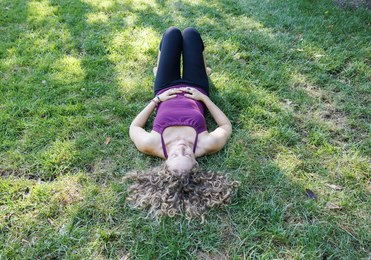 Let’s listen to nature and begin to deepen this time of slowing down, hibernation, and rest. The more we can move inward, the more we learn and heal the pieces within. Winter has always been a challenging season for me. Finding what things support me through this time has been key to my resilience during dark times. A few of my favorite resources include: Saunas, hot baths, long meditations, cozy cuddles, root vegetable meals, nourishing soups, warm teas, long naps, vision boarding and quiet introvert time. For support leaning into this winter hibernation mode, I invite you to enjoy my Sleep Support Course! This course gives a variety of breathwork, movement, mindfulness and science based activities to support sleep and reduce stress. Click here to learn more and join! Practice with me in the comfort of your own home. May we all love the life we live… 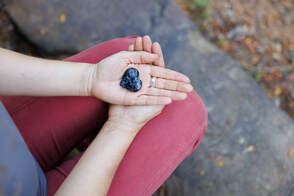 Breathing practices are a great sneaky self-care tool to use in our daily life to calm the nervous system and create a sense of safety within the body. Developing these foundational breathwork techniques is an important step before practicing more advanced breathwork practices with clients. It's easy to overlook the foundations of a new practice but if we slow down enough to assess and support any needs around breathing, breath retention, etc., we set someone up for success in the long run. Advanced breathwork practices, (like 4:7:8 Breathing) are highly researched and beneficial, but it's important to have a solid foundation of diaphragmatic breathing (aka Belly Breathing) first. In this weeks yoga video, I review the Trauma-Informed Foundations of Breathwork Practices. This practice helps to assess for breathing challenges that might impact a person's experience with breath retention and other advanced breathwork techniques. You can use this practice at the beginning of your meditation practice, to start a session with a client and/or to ground at the end of the day. For this trauma-informed somatic tool and more, you can click here. May we all love the life we live... 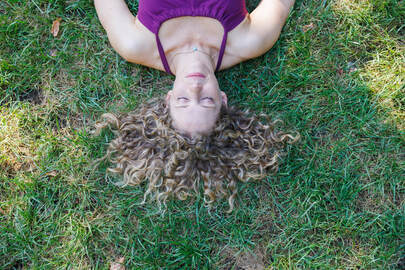 The Vagus Nerve is like a radar system, detecting safety within our environments and relationships. Trauma, stress and many other factors can impact how our vagus nerve functions in our daily life. If we understand how this nerve works, we can utilize it to better manage stress, deepen our connections in relationships and create a greater sense of safety in our life. The Vagus Twist is one way to help the nervous system ground and orient to the present moment. Combining this twist with a body scan and some deep breathing can help to calm the nervous system and complete the stress cycle. You can practice this tool before you start a meeting, open your computer, pick up the kids from school, make a phone call, etc. This will slowly but surely begin to shift our levels of awareness and response to stressors. A drop in the bucket, continued over time, can make a big difference. If you enjoyed this practice, join me for more trauma-informed tips, tools and trainings! May we all love the life we live… 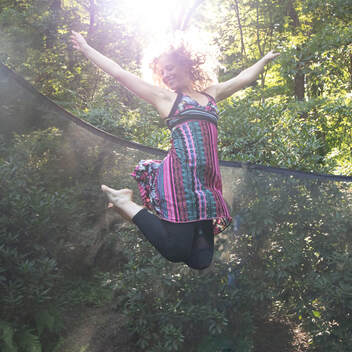 If we don't know where we are in the nervous system, we don't know what we need. I always teach this concept in my trauma-informed care trainings to help professionals bring a more trauma-informed approach to their work. Whether you are a therapist, teacher, parent, first responder, etc. - knowing what's happening in our nervous system is essential to responding effectively to the moment in front of us. Knowing the signals of each state within the nervous system can help inform us of our needs and the needs of others. For a video on how I navigate this concept in my daily life, you can click here. I hope this example is supportive to your journey and for more trauma-informed tips, trainings and tools, you can click here. 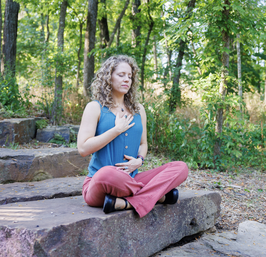 Helping people track cues of safety is an essential component of trauma-informed care. This can help someone identify what it feels like in the brain and nervous system when someone feels calm, safe enough, supported or connected. Highlighting these cues helps someone identify what the tools, settings, relationships, etc. that bring a sense of safety to the nervous system, so we can seek out more of those experiences. Some cues of safety signals can include:
You can click here for my video on tracking cues of safety in our daily life. For more trauma-informed tips and tools, and to join my Ethics of Trauma-Informed Care training series, visit www.beccaodomwellness.com May we all love the life we live... 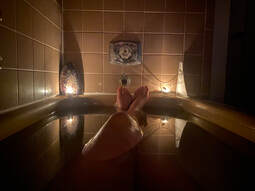 Life can be a whirlwind of activity, but it's essential to carve out time for self-care and restoration. One fantastic way to release the day's stress and reset your nervous system is through the ritual of indulging in a soothing bath or shower. Imagine this: You step into a serene sanctuary of water, allowing it to wash away your worries and troubles. But why stop there? Let's make it a truly multi-sensory experience that nourishes your soul and rejuvenates your spirit. Here's how you can create the perfect sensory oasis:
Your mind, body, and soul will thank you for it. May we all love the life we live… |
AuthorWrite something about yourself. No need to be fancy, just an overview. Archives
April 2024
Categories |

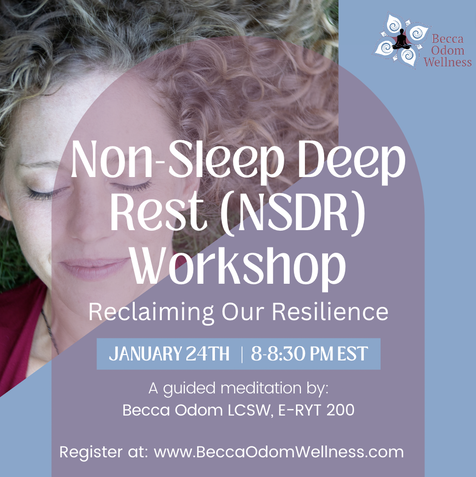
 RSS Feed
RSS Feed